Home>Interior Design>Interior Designer Kit Kemp’s 8 Top Ways To Transform With Color
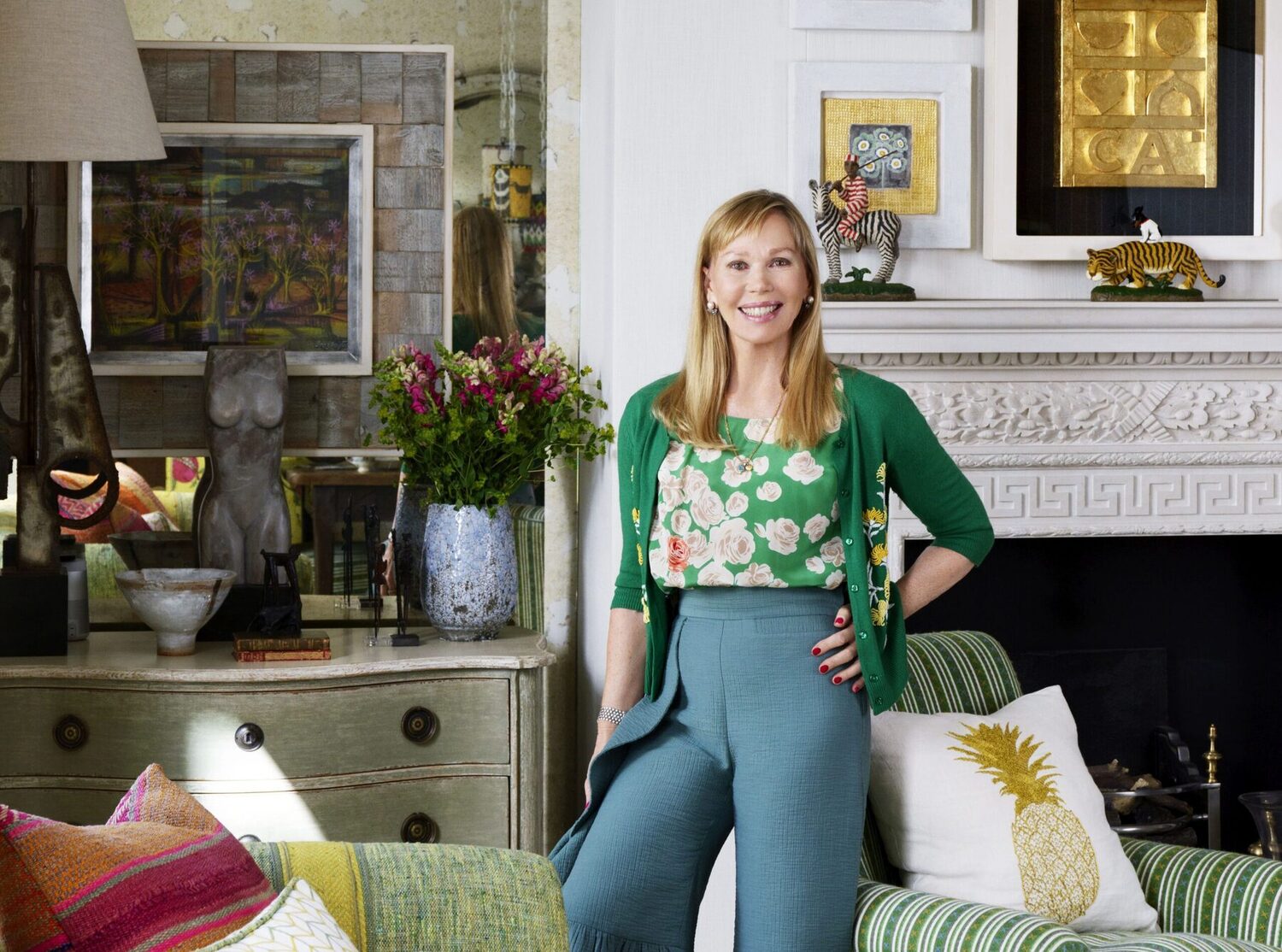

Interior Design
Interior Designer Kit Kemp’s 8 Top Ways To Transform With Color
Modified: March 5, 2024
Discover Kit Kemp's expert tips on how to transform your space with color. Get inspired by this renowned interior designer's 8 top ways to revamp your home interior.
(Many of the links in this article redirect to a specific reviewed product. Your purchase of these products through affiliate links helps to generate commission for Storables.com, at no extra cost. Learn more)
Introduction
Welcome to the world of interior design, where colors have the power to transform spaces and evoke emotions. As an interior designer, one of the most important tools in your arsenal is understanding the impact of color and how to use it effectively. Whether you’re redesigning a living room, revamping a bedroom, or renovating an entire home, the strategic use of color can create a visual masterpiece and bring your design vision to life.
In this article, we will explore the expertise of renowned interior designer Kit Kemp, who has deftly mastered the art of using color to transform spaces. Kit Kemp is known for her bold and vibrant design choices that infuse personality and character into every room she designs. From vibrant accent walls to carefully curated furniture and accessories, Kemp’s approach to color is both artistic and intentional.
So, let’s delve into Kit Kemp’s top eight ways to transform spaces with color and discover how you can apply these principles to your own interior design projects.
Key Takeaways:
- Kit Kemp’s top 8 ways to transform spaces with color offer a comprehensive guide for interior designers to create visually captivating and emotionally resonant environments. From choosing the right color palette to maximizing natural light, Kemp’s expertise is a valuable resource for design enthusiasts.
- By understanding the psychological effects of color and implementing strategic techniques, interior designers can create stunning and personalized environments that evoke emotions and make a lasting impact. Kit Kemp’s expert advice provides a roadmap for infusing spaces with warmth, character, and a sense of balance through the transformative power of color.
Choosing the Right Color Palette
When it comes to transforming a space with color, the first and most crucial step is choosing the right color palette. The combination of colors you select will set the tone and atmosphere of the room, so it’s important to consider various factors before making your final decision.
Start by identifying the purpose and function of the space. Is it a cozy bedroom where relaxation is the main goal? Or perhaps a lively living room that demands vibrant energy? Understanding the intended use of the space will help guide your color choices.
Consider the existing elements in the room, such as flooring, furniture, and architectural features. Take note of the colors already present and use them as a starting point for your color palette. Choosing colors that complement or contrast with these existing elements will create a visually cohesive and harmonious space.
Another important consideration is the overall mood you want to create. Different colors evoke different emotions and can influence the atmosphere of a room. For example, cool blues and greens can create a calming and serene ambiance, while warm oranges and yellows can evoke a sense of energy and vibrancy.
It’s also essential to take into account the natural lighting of the space. Natural light can greatly affect how colors appear, so be mindful of how the room is oriented and the amount of sunlight it receives. A color that looks vibrant and energetic in a well-lit room might appear dull and lifeless in a space with limited natural light.
Finally, don’t be afraid to experiment with color. Consider incorporating bold and unexpected choices that reflect your personal style. Kit Kemp advises, “Don’t be frightened of deep, rich colors! They can add depth and personality to a room.”
By taking the time to carefully select a color palette that aligns with the purpose, existing elements, mood, natural lighting, and personal style, you can lay the foundation for a stunning transformation.
Creating a Focal Point with Color
One of the most effective ways to transform a space with color is by creating a focal point. By strategically using color in a specific area, you can draw attention and add visual interest to the room.
Start by identifying a key element in the space that you want to highlight. It could be a fireplace, a feature wall, a piece of artwork, or even a unique piece of furniture. Once you’ve chosen your focal point, use color to make it stand out.
Consider using bold and vibrant colors for your focal point. These colors will create contrast against the surrounding elements, making the focal point instantly eye-catching. For example, if you have a neutral-toned room, a vibrant red accent wall behind a fireplace can become the focal point and inject energy into the space.
Another technique is to use a color that complements or contrasts with the surrounding elements. This creates a visually striking focal point that commands attention. For instance, if you have a room with predominantly cool tones of blue and gray, a pop of warm orange on an accent wall or in an artwork can create a captivating focal point.
Don’t limit yourself to just walls when creating a focal point. Use color to highlight architectural features or furniture pieces. For example, painting the trim or molding in a bold color can make it the focal point of the room. Or, if you have a statement piece of furniture, such as a vibrant red sofa or a colorful patterned armchair, place it strategically to draw the eye and make it the focal point.
Remember, the goal of creating a focal point is to add visual interest and guide the viewer’s attention. Whether you choose a bold accent wall, an attention-grabbing piece of furniture, or a unique artwork, using color to create a focal point will instantly transform the space and make it visually captivating.
Using Color to Define Spaces
In interior design, color can be a powerful tool to define and delineate different spaces within a room. By strategically using color, you can create a sense of cohesion while also giving each area its own distinct identity.
Start by understanding the layout and flow of the space. Identify different zones or areas within the room and consider how you can visually separate them using color. For example, in an open-plan living and dining area, you can use a different color on the walls or flooring to distinguish between the two spaces.
When selecting colors for each zone, consider the purpose and function of that area. Choose colors that align with the desired mood and atmosphere. For example, in a dining area, you may want to create a warm and intimate ambiance, while a workspace might benefit from a more focused and energizing color scheme.
While it’s important to differentiate the spaces, it’s equally crucial to maintain a sense of visual harmony and flow. Choose colors that complement each other and create a cohesive color palette throughout the room. This can be achieved by using varying shades of the same color or selecting colors from the same color family.
Additionally, consider using color to create visual transitions between spaces. This can be done using techniques such as gradient walls or using different shades of a color to create a subtle shift between areas. This not only adds visual interest but also allows the eye to naturally move from one space to another.
Another approach is to use color to visually connect spaces by repeating certain colors or elements throughout the room. This helps create a sense of unity and flow. For example, if you have a blue accent wall in the living room, you can incorporate hints of blue in the dining area through accessories or artwork.
Remember, color can be a powerful tool to define and differentiate spaces within a room. By carefully selecting colors that align with the purpose of each area and maintaining a sense of visual harmony, you can visually transform the space and create a cohesive and inviting environment.
Adding Color through Furniture and Accessories
When it comes to transforming a space with color, it’s not just about the walls and floors. Furniture and accessories play a crucial role in adding pops of color and infusing personality into a room.
Start by selecting furniture pieces that incorporate your chosen color palette. This could be a vibrant sofa, a colorful set of chairs, or even a bold patterned rug. These larger furniture items will serve as focal points and anchor the room’s color scheme.
Consider mixing different colors and patterns to create visual interest. You can use complementary colors for a harmonious look, or opt for contrasting hues for a bolder statement. Balance is key, so be mindful of the overall color balance in the space to avoid overwhelming the eye.
In addition to furniture, accessories are another great way to introduce color into a room. Think about items such as throw pillows, curtains, artwork, and decorative objects. These smaller accents can be easily switched out or updated, allowing you to experiment with different color combinations over time.
When selecting accessories, look for opportunities to tie in the colors from your furniture and existing color palette. This creates a cohesive look and ensures that the colors flow seamlessly throughout the space. For example, if you have a blue sofa, consider adding throw pillows with pops of blue, or hang artwork that incorporates similar shades.
Don’t forget about the power of plants and flowers in adding color to a room. Greenery can bring life and vibrancy, while colorful blooms can instantly brighten up a space. Consider incorporating plants in decorative pots or adding a bouquet of fresh flowers to infuse the room with natural color.
Remember, furniture and accessories offer endless opportunities to add color and express your personal style. By carefully selecting pieces that align with your color palette and regularly updating your accessories, you can easily transform the look and feel of a room.
When using color in interior design, consider the psychological effects of different hues. For example, blue can create a calming atmosphere, while yellow can bring energy and warmth to a space.
Incorporating Accent Walls
An accent wall is a fantastic way to introduce a bold burst of color and create a focal point in a room. It adds depth, visual interest, and can completely transform the overall ambiance of the space.
When choosing a wall for your accent wall, consider the layout and architecture of the room. Typically, the wall that naturally draws the most attention is a great choice. It could be the wall behind a bed, a fireplace, or the main wall in a living room. By selecting an appropriate wall, you can instantly enhance the impact of your accent color.
When it comes to selecting the color for your accent wall, you have endless possibilities. You can choose a bold and contrasting color that stands out from the rest of the walls, or you can select a darker or lighter shade of the existing wall color for a more subtle effect. Consider the color palette you have chosen for the room and select a color that will complement or contrast harmoniously.
However, an accent wall doesn’t necessarily mean you have to paint the entire wall a different color. You can get creative and explore other options such as wallpaper, textured finishes, or even a mural. These options can add dimension and visual interest to the accent wall, making it a true standout feature.
Another way to incorporate an accent wall is by using decorative panels or tiles. These can add texture, pattern, and a touch of color to the space. Whether you opt for wooden panels, decorative wallpaper, or mosaic tiles, these accent wall treatments can instantly transform the room and create a unique visual impact.
Remember, an accent wall is a powerful design element that allows you to play with color and create a focal point in a room. It adds depth, personality, and can completely change the visual dynamics of the space. So, don’t be afraid to get creative and experiment with different colors, textures, and patterns for your accent wall.
Playing with Patterns and Textures
Incorporating patterns and textures into your interior design can add depth, visual interest, and elevate the overall aesthetic of a space. By strategically using patterns and textures, you can create a unique and dynamic design that reflects your personal style.
When it comes to patterns, consider incorporating them through various elements in the room, such as wallpaper, fabrics, rugs, and artwork. Bold geometric patterns, intricate florals, or playful chevron designs can all add a pop of personality and visual intrigue.
When selecting patterns, balance is key. Mix scales and sizes to create a visually pleasing look. For instance, pair a large-scale patterned wallpaper with smaller patterned throw pillows or vice versa. Be mindful of the color palette and try to incorporate patterns that complement the existing colors in the room.
Texture is another essential element that can transform a space. It adds tactile interest and creates a sense of depth and coziness. Consider incorporating different textures through furniture upholstery, window treatments, rugs, and decorative objects.
Mixing textures can create a visually captivating space. Combine smooth leather with plush velvet, rough woven textures with smooth ceramic finishes, or soft natural fibers with sleek metal accents. This contrast in texture adds visual interest and creates a multi-dimensional design.
When working with patterns and textures, be mindful of the overall balance in the room. Avoid overwhelming the space with too many patterns or textures, as this can create a chaotic or busy look. Instead, aim for a harmonious blend that provides visual interest without overpowering the eye.
Lastly, consider the function and purpose of the space when selecting patterns and textures. For instance, in a relaxing bedroom, opt for softer, more soothing patterns and textures to create a serene environment. In a lively living room, bolder and more vibrant patterns and textures can add energy and excitement.
Remember, patterns and textures are powerful design elements that can transform a space. By thoughtfully incorporating patterns and textures, you can add depth, visual interest, and an element of surprise to your interior design.
Using Color to Enhance Natural Light
Natural light is a valuable asset in interior design, as it has the power to open up a space and create a bright and airy atmosphere. Utilizing color strategically can enhance and maximize the impact of natural light, making a room feel even more inviting and spacious.
Firstly, consider the direction and intensity of natural light in the room. North-facing rooms tend to have cooler light, while south-facing rooms receive warm, direct sunlight throughout the day. Understanding the quality of light will help guide your color choices.
For rooms with ample natural light, consider using lighter and brighter colors. These hues will reflect and amplify the light, making the space feel more expansive and airy. Opt for whites, pastels, and light neutrals to create a fresh and luminous environment.
In contrast, for rooms with limited natural light, you can harness color to brighten and enliven the space. Choose warm and vibrant shades to enhance the natural light and counterbalance any darkness. Shades of yellow, orange, and light greens can bring warmth and radiance into the room.
Additionally, using glossy or metallic finishes can help bounce light around the space, creating a luminous effect. Consider incorporating glossy tiles, reflective surfaces, or metallic accents to amplify the natural light’s impact.
An effective technique is to strategically place mirrors in the room to reflect and disperse natural light, further enhancing the brightness. By reflecting the light, mirrors can give the illusion of a larger and more open space.
Remember that color alone cannot substitute for the absence of natural light, but it can significantly influence how light is perceived in a room. By selecting appropriate colors and utilizing reflective materials, you can optimize the available natural light and create a welcoming and light-filled space.
Considering the Psychological Effects of Color
The power of color goes beyond visual aesthetics; it also has a profound impact on our emotions and mood. Understanding the psychological effects of color is crucial when transforming a space, as it allows you to create an environment that evokes the desired feelings and emotions.
Start by considering the purpose of the room and the atmosphere you want to cultivate. Each color carries its own psychological associations and can elicit specific emotions:
- Blue: Often associated with calmness and serenity, blue hues can create a peaceful and tranquil ambiance. It’s an excellent choice for bedrooms or spaces where relaxation is the main focus.
- Yellow: The color of sunshine, yellow is known to invoke feelings of happiness and energy. It can add warmth and vibrancy to a room and works well in spaces where creativity or socialization takes place.
- Green: Symbolizing nature and renewal, green brings a sense of balance and harmony to a room. It can create a soothing and refreshing atmosphere, making it suitable for bedrooms, bathrooms, or areas designed for relaxation.
- Red: A powerful and energetic color, red can stimulate excitement and passion. It’s a great choice for spaces where you want to create a lively and energetic ambiance, such as dining areas or entertainment rooms.
- Purple: Often associated with luxury and creativity, purple can bring a sense of opulence and sophistication to a room. It’s an excellent choice for creating a dramatic and elegant atmosphere, such as in bedrooms or living rooms.
- Neutral Colors: Shades of gray, beige, and off-white are versatile and timeless. They can create a sense of serenity and act as a great backdrop for emphasizing other colors and textures in a room.
Keep in mind that color preferences can vary from person to person, so consider the individuals who will be using the space. Cultural and personal associations can also influence how colors are perceived, so be mindful of the specific context and audience.
When designing a space, consider incorporating a mix of colors to evoke a range of emotions and create a well-balanced atmosphere. You can also utilize color psychology to create visual hierarchies or emphasize specific areas within the room.
Remember that color choices are subjective and personal, so trust your instincts and choose hues that resonate with your design vision and the desired emotional response. By considering the psychological effects of color, you can transform a space into a place that not only looks beautiful but also feels harmonious and resonates with its occupants.
Conclusion
Transforming spaces with color is a powerful tool in the realm of interior design. By carefully considering color choices and implementing strategic techniques, you can create stunning and personalized environments that evoke emotions and make a lasting impact.
Throughout this article, we’ve explored the expertise of interior designer Kit Kemp and her top eight ways to transform spaces with color. From choosing the right color palette to creating focal points, defining spaces, incorporating patterns and textures, and maximizing natural light, each aspect plays a vital role in the overall design process.
Remember, the key is to strike a balance between visual appeal and the psychological effects of color. Consider the intended purpose of the space, the existing elements, and the natural lighting conditions. Infuse your personal style and creativity, and don’t be afraid to experiment with bold choices that reflect your personality and vision.
By incorporating Kit Kemp’s expert advice and utilizing color as a transformative element, you can create spaces that are not only visually captivating but also exude warmth, character, and a sense of balance. Whether you’re designing a cozy bedroom, a vibrant living room, or a serene workspace, the power of color will undoubtedly leave a lasting impression.
So, go ahead and embrace the world of color in your interior design ventures. Let your imagination soar, and watch as the transformation unfolds before your eyes, leaving you with spaces that inspire and uplift. Remember, the possibilities are endless when it comes to painting your world with the hues of your dreams.
Frequently Asked Questions about Interior Designer Kit Kemp's 8 Top Ways To Transform With Color
Was this page helpful?
At Storables.com, we guarantee accurate and reliable information. Our content, validated by Expert Board Contributors, is crafted following stringent Editorial Policies. We're committed to providing you with well-researched, expert-backed insights for all your informational needs.
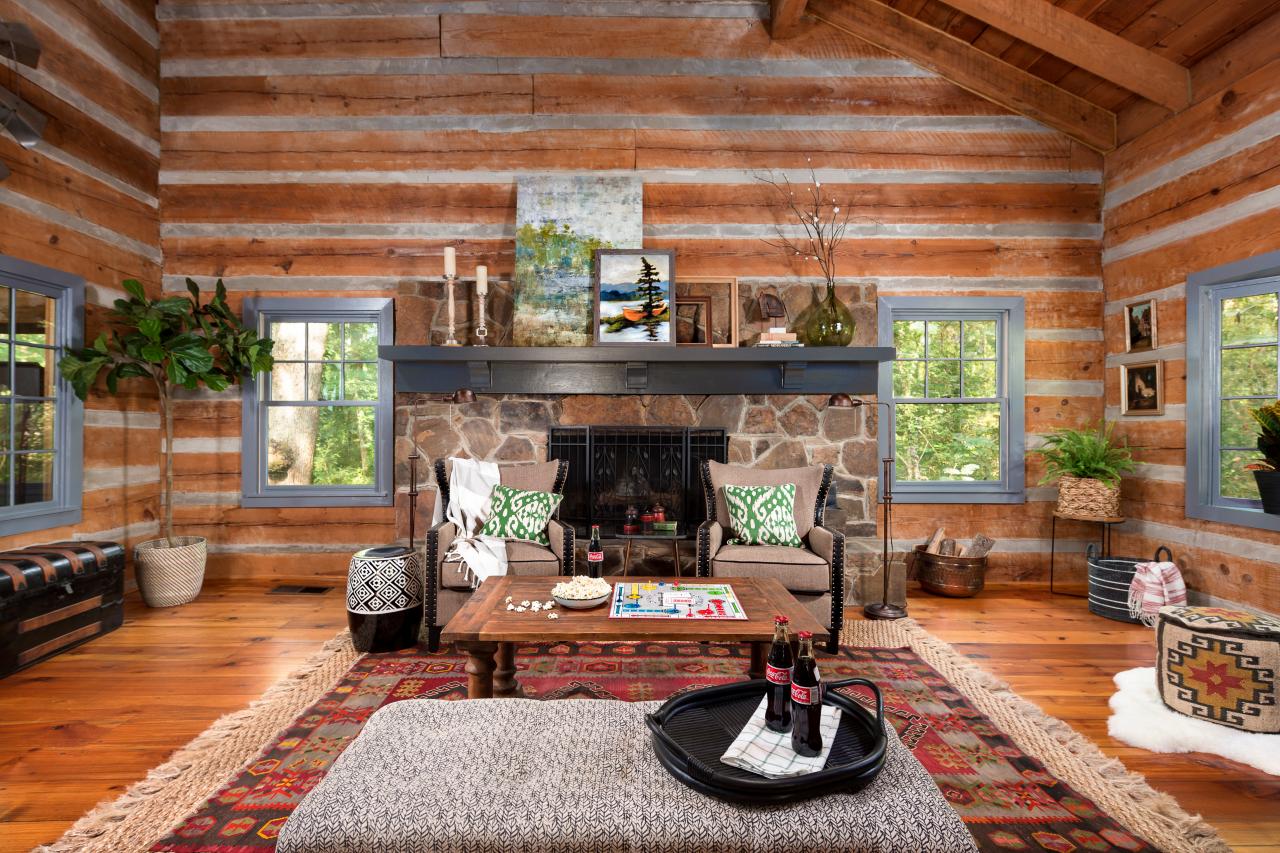
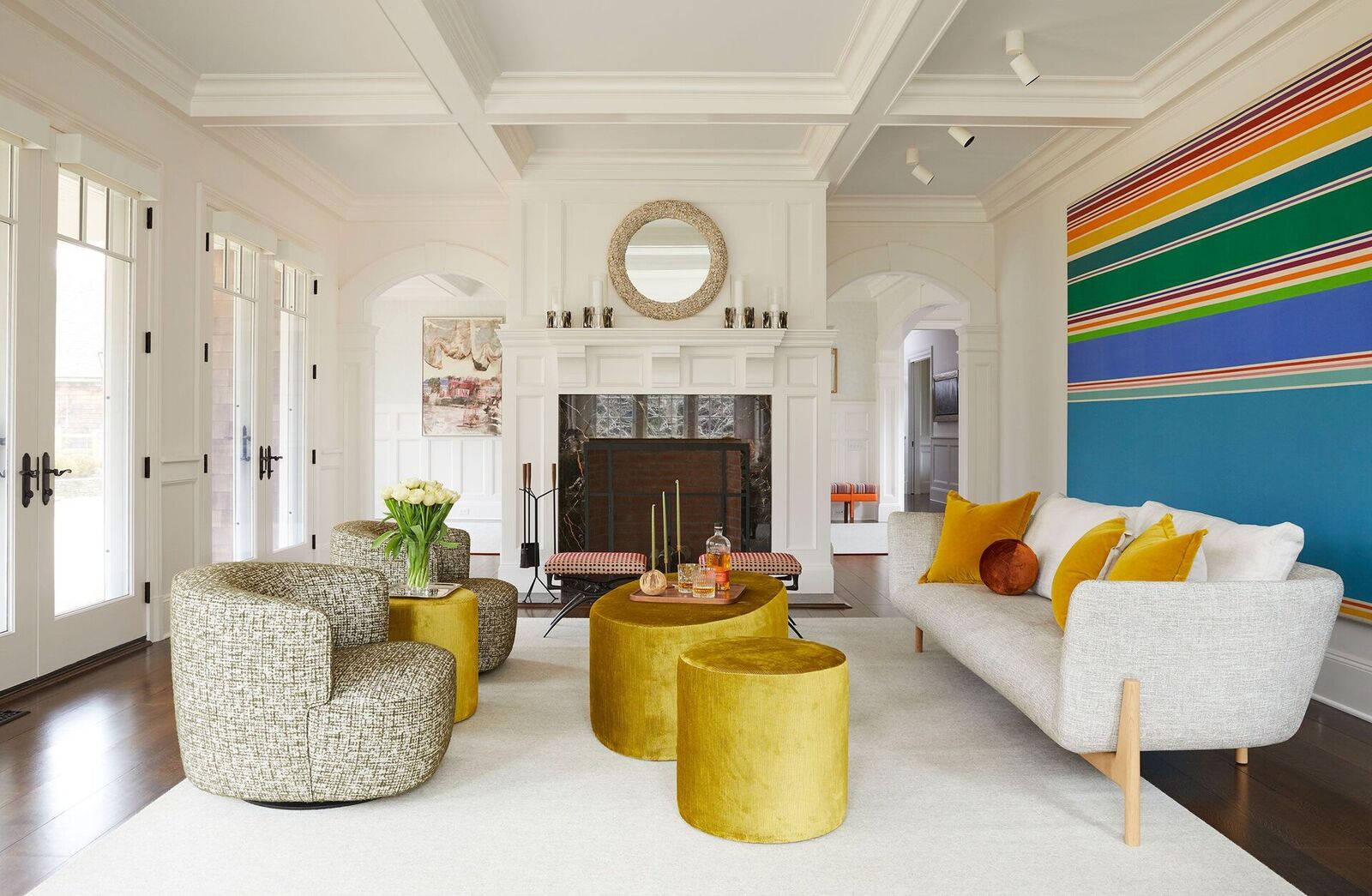

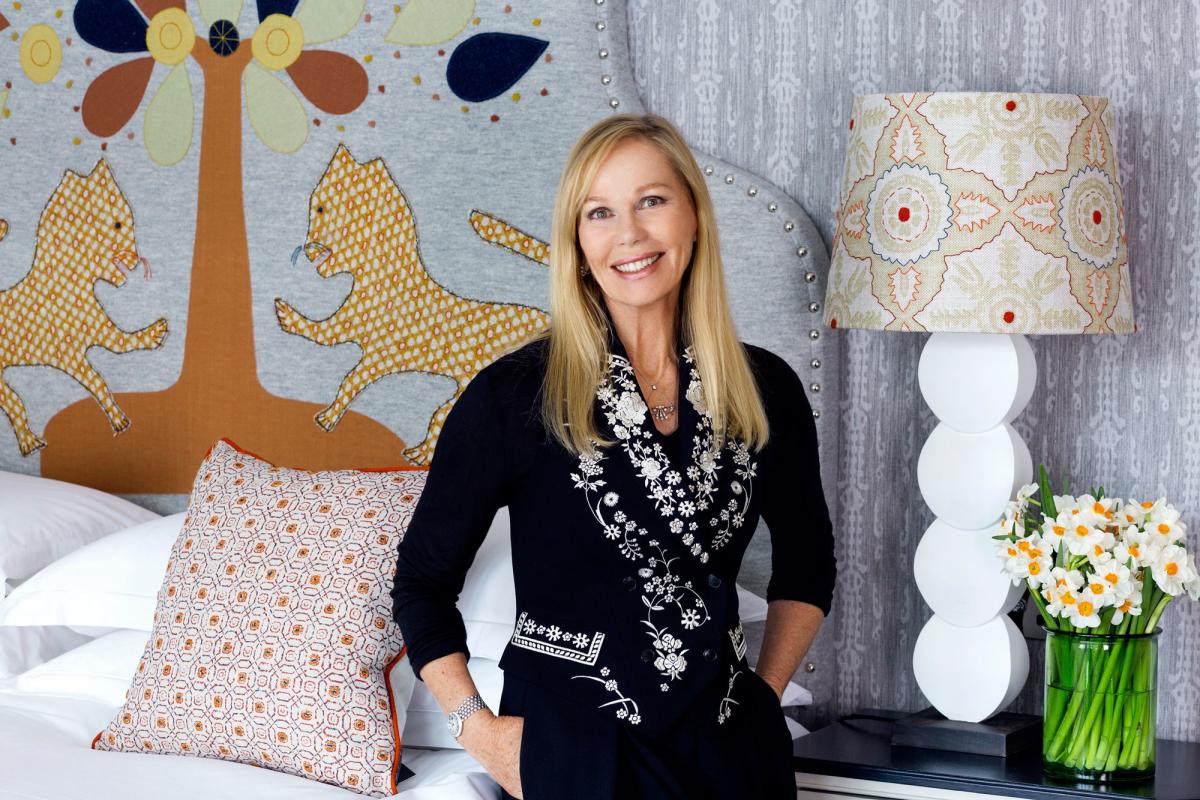
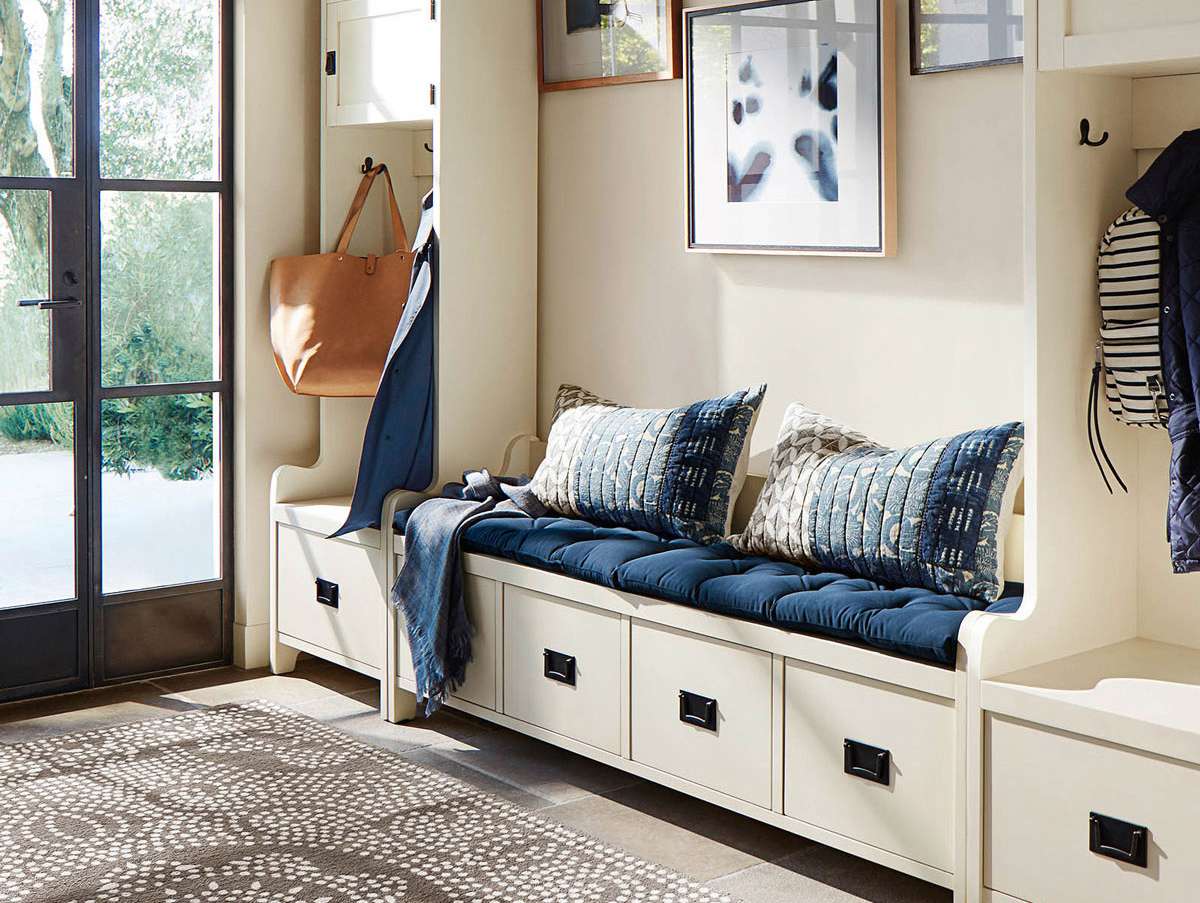
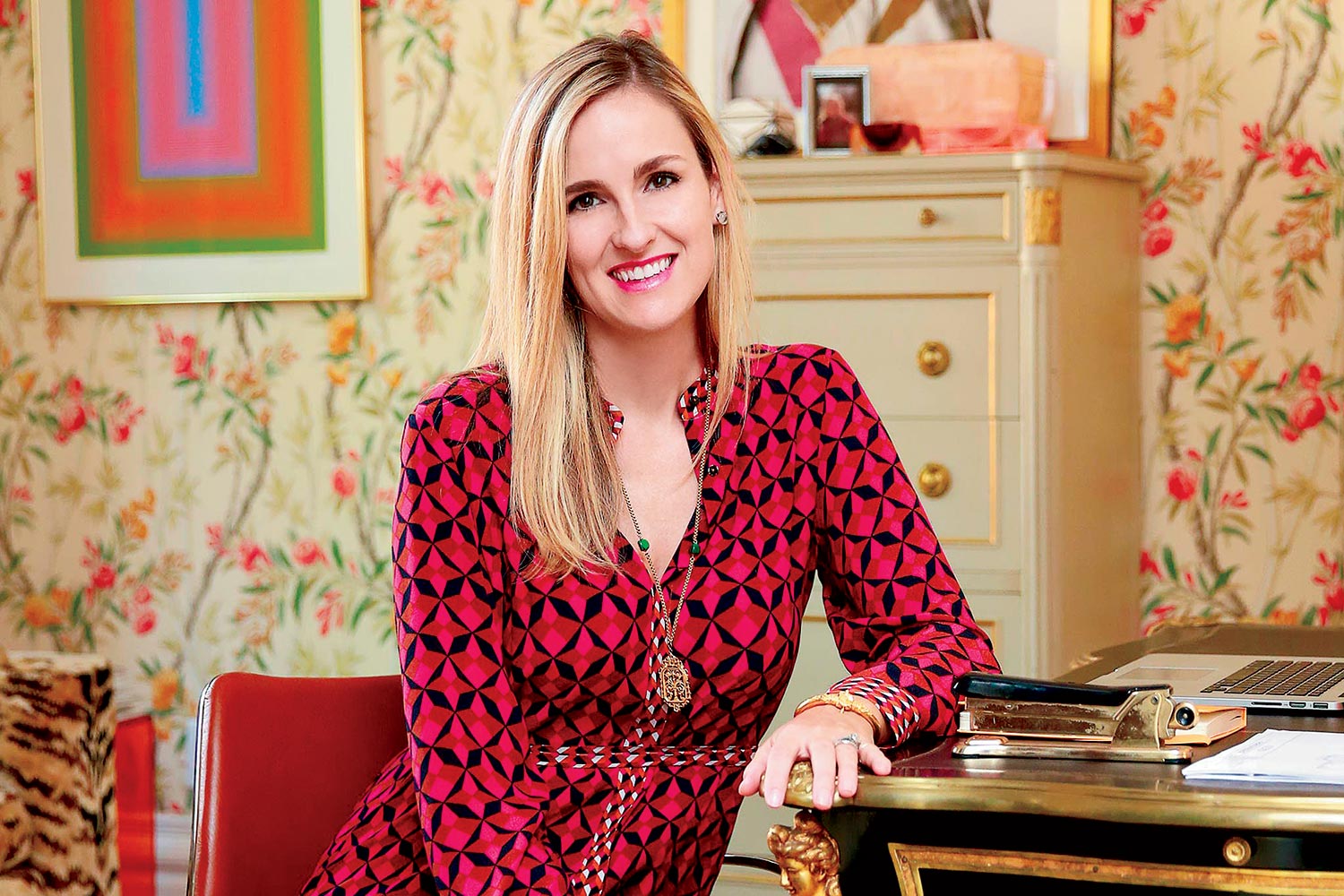
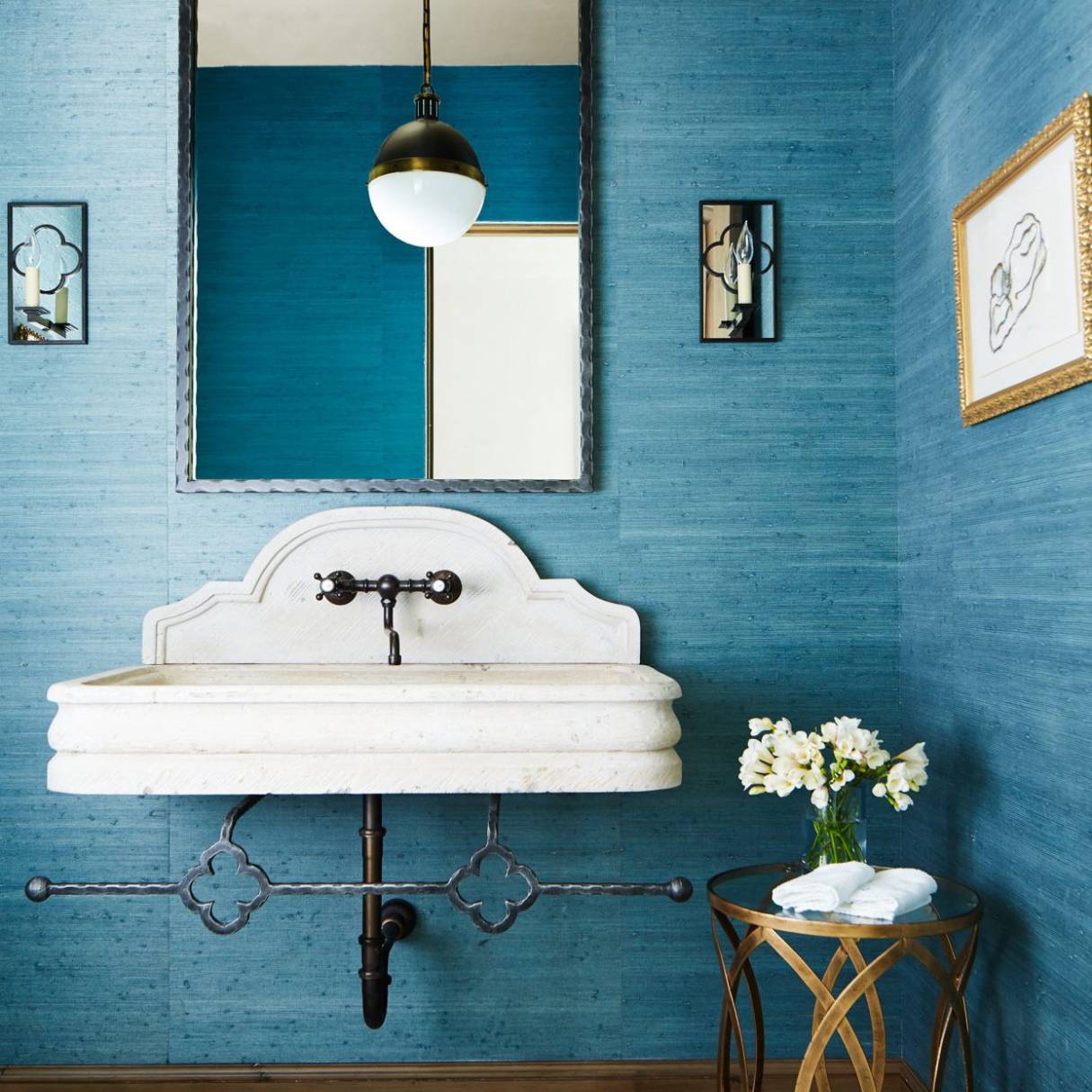
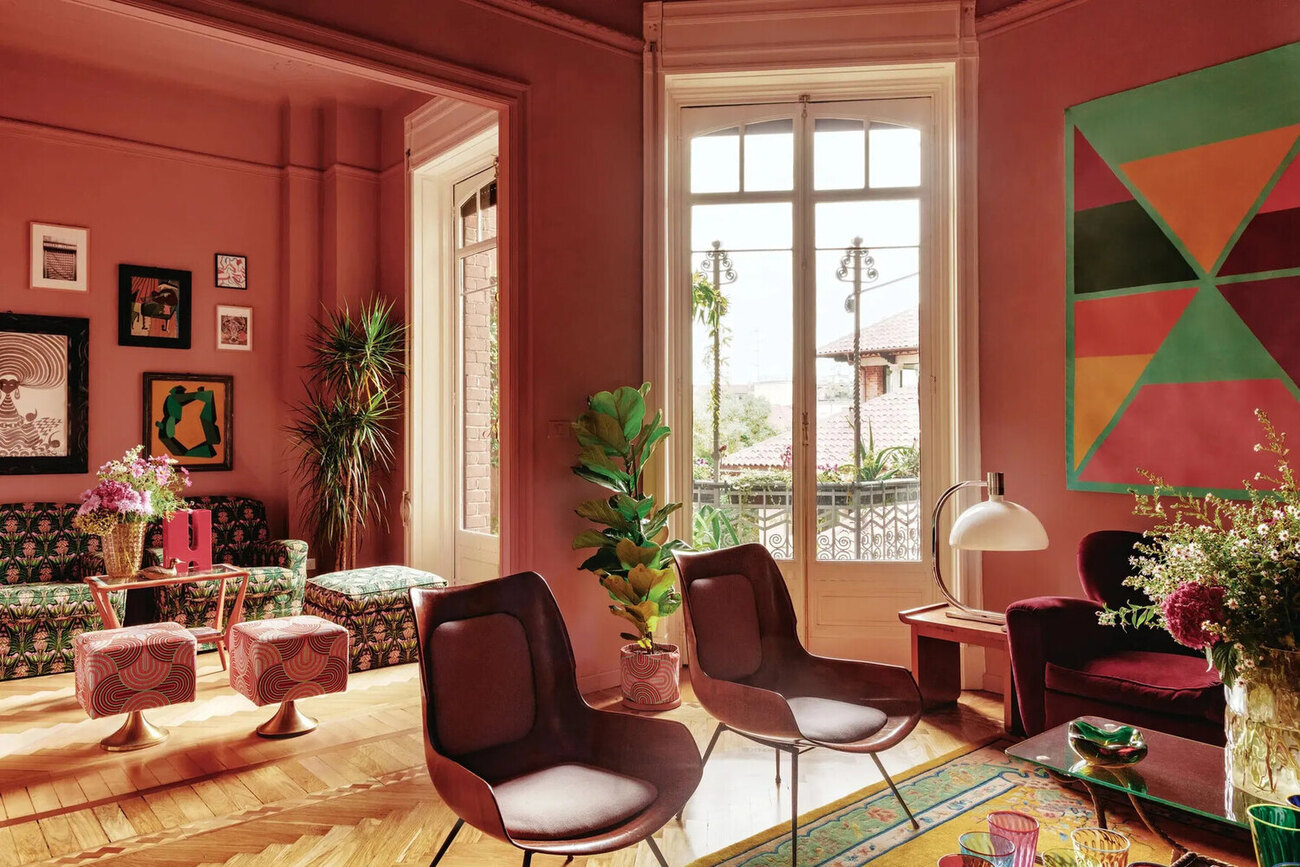
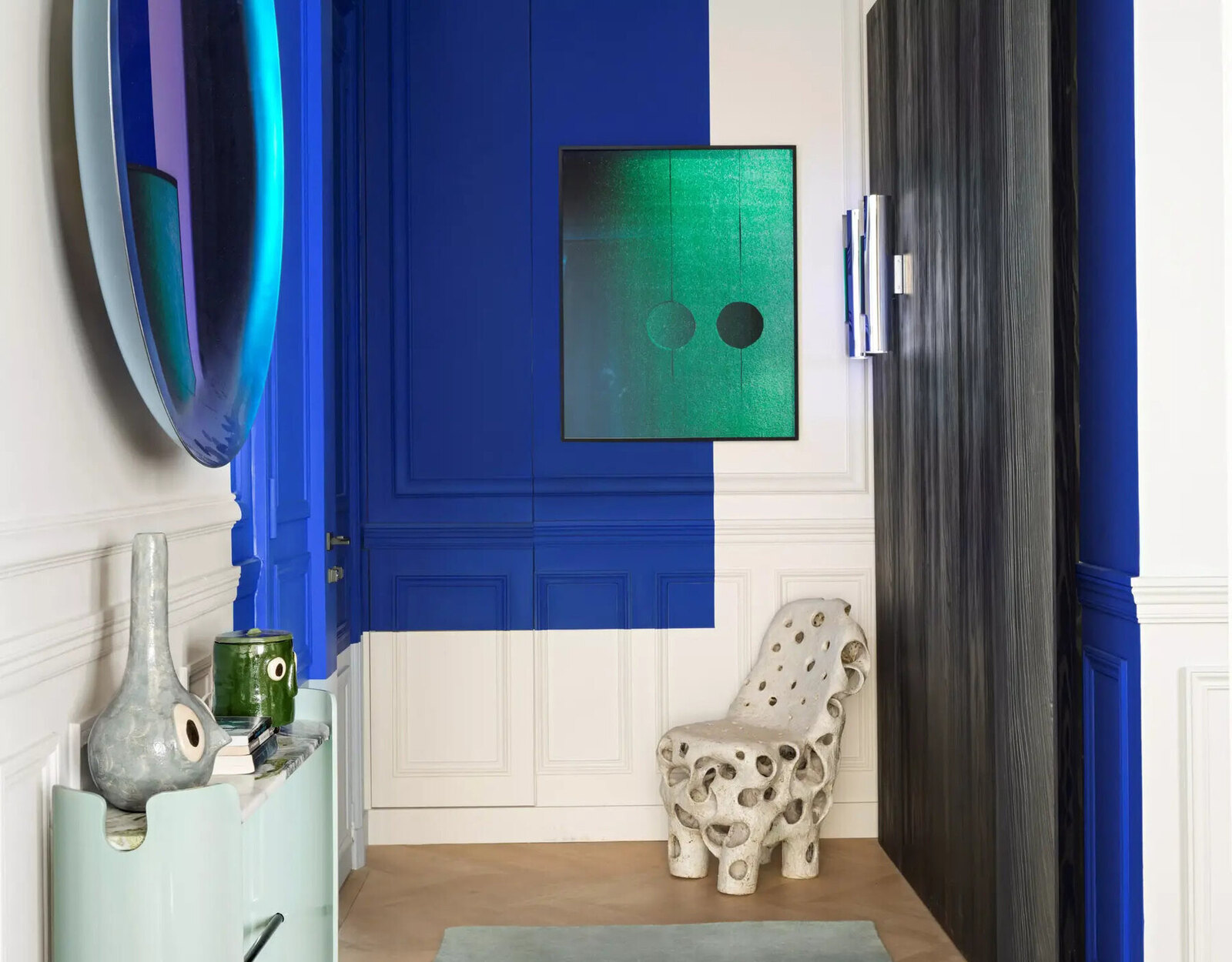
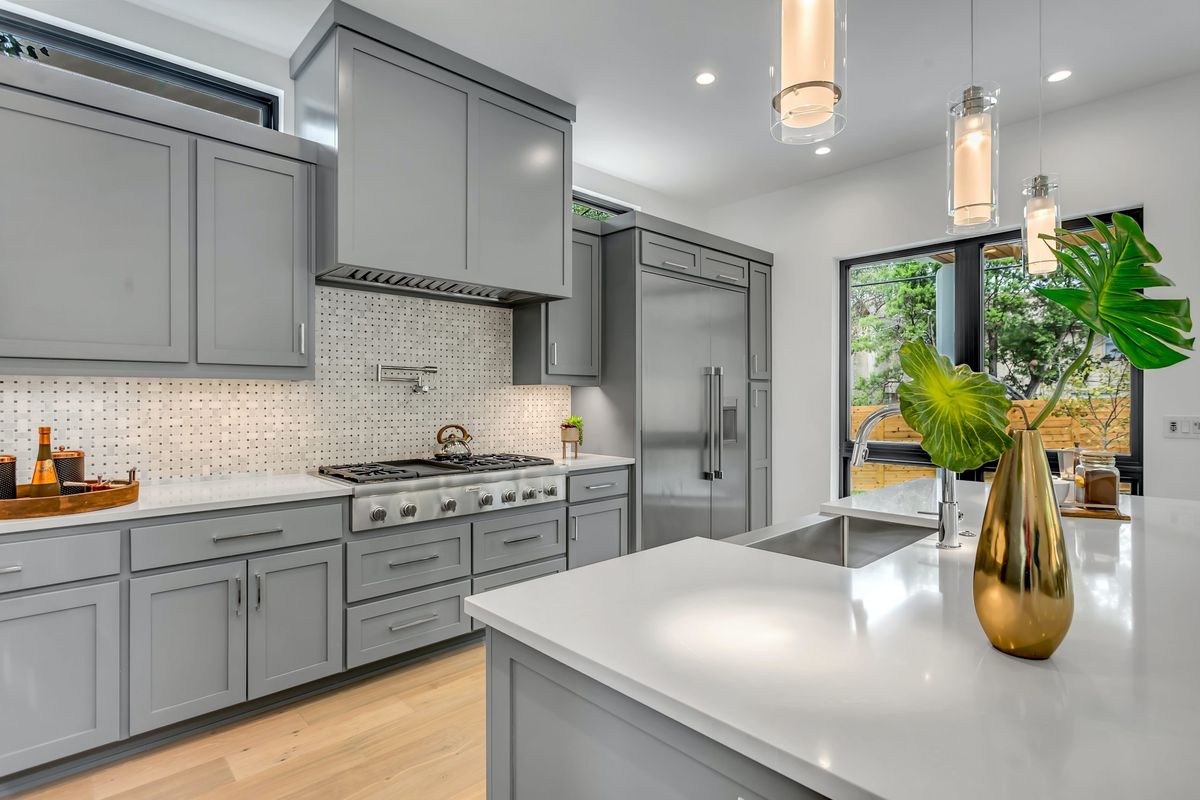
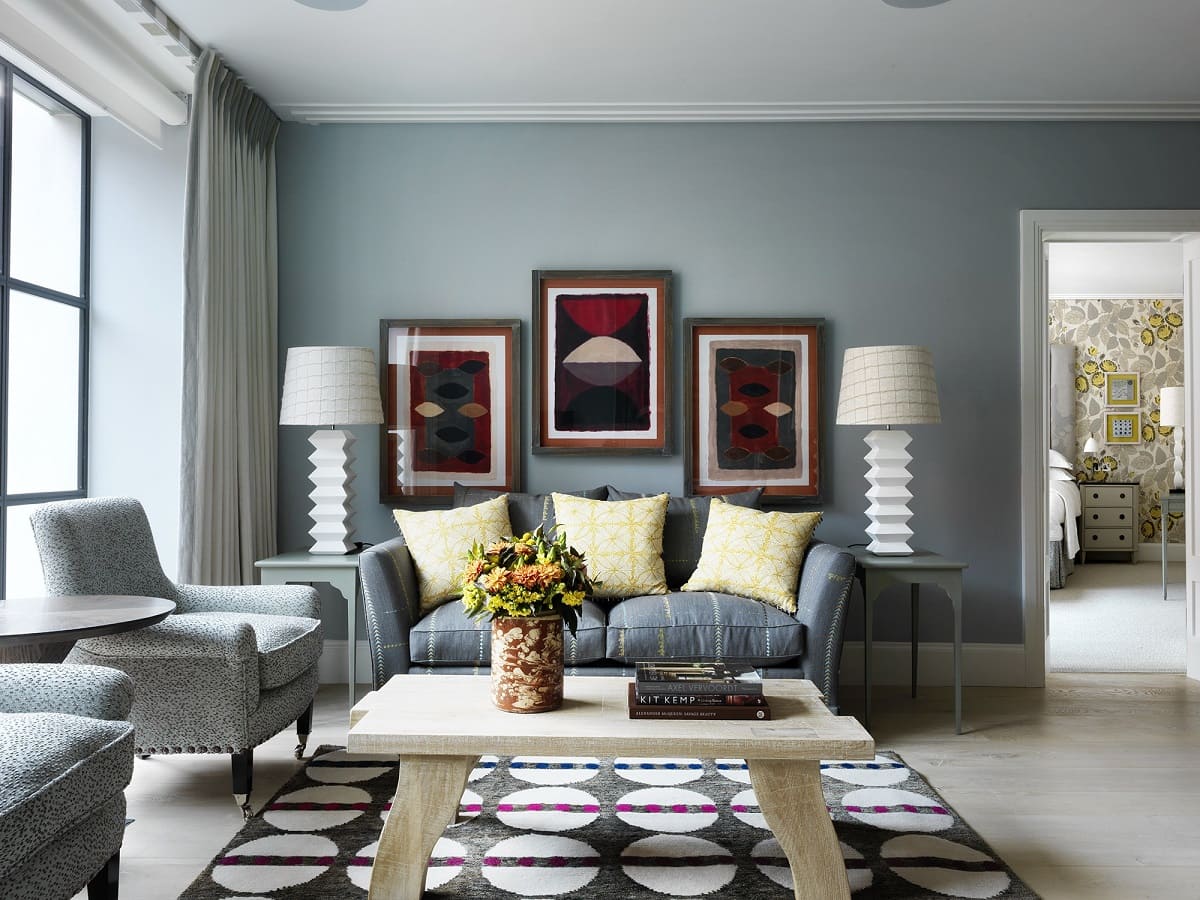
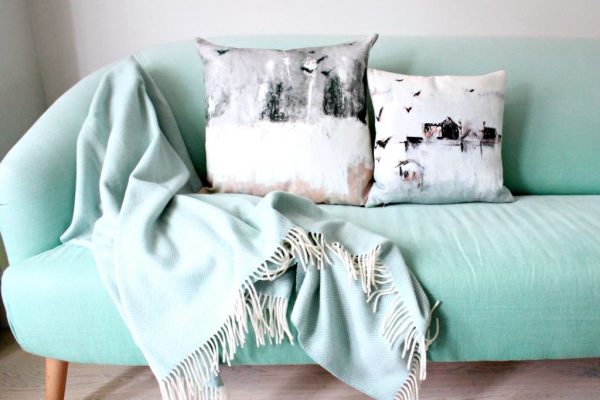
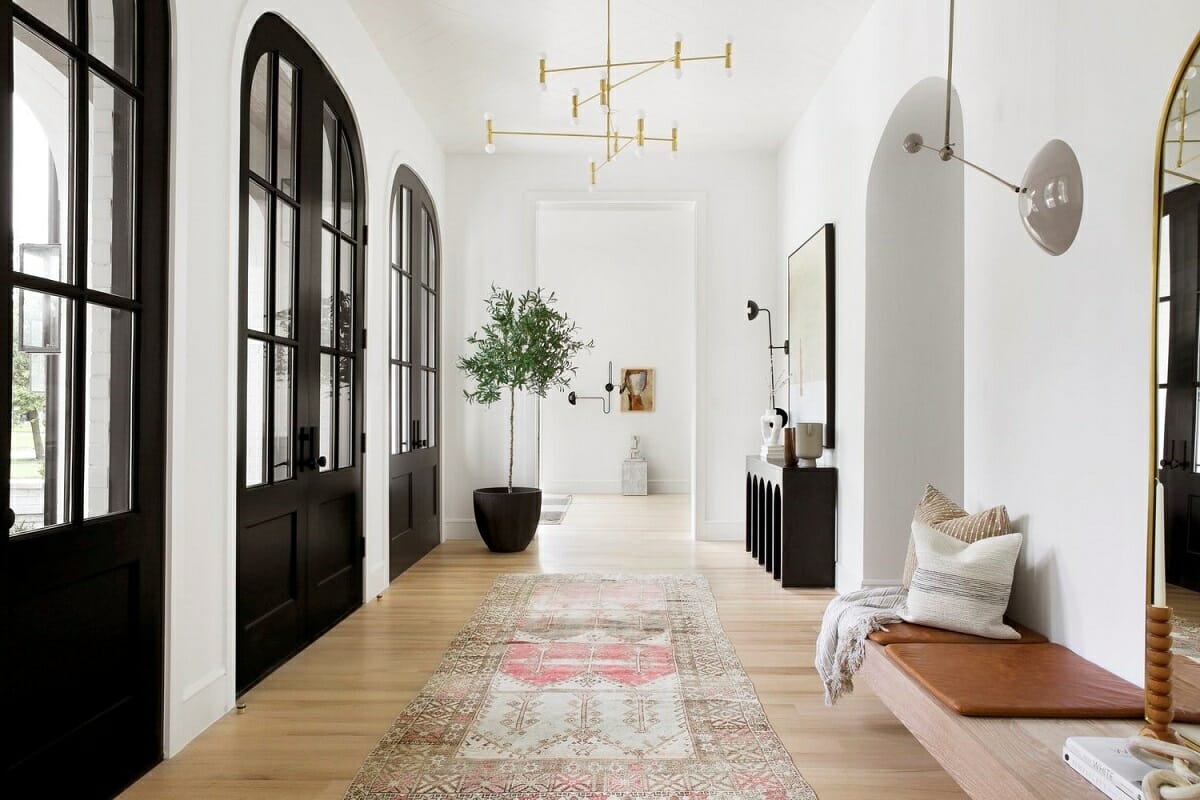

0 thoughts on “Interior Designer Kit Kemp’s 8 Top Ways To Transform With Color”